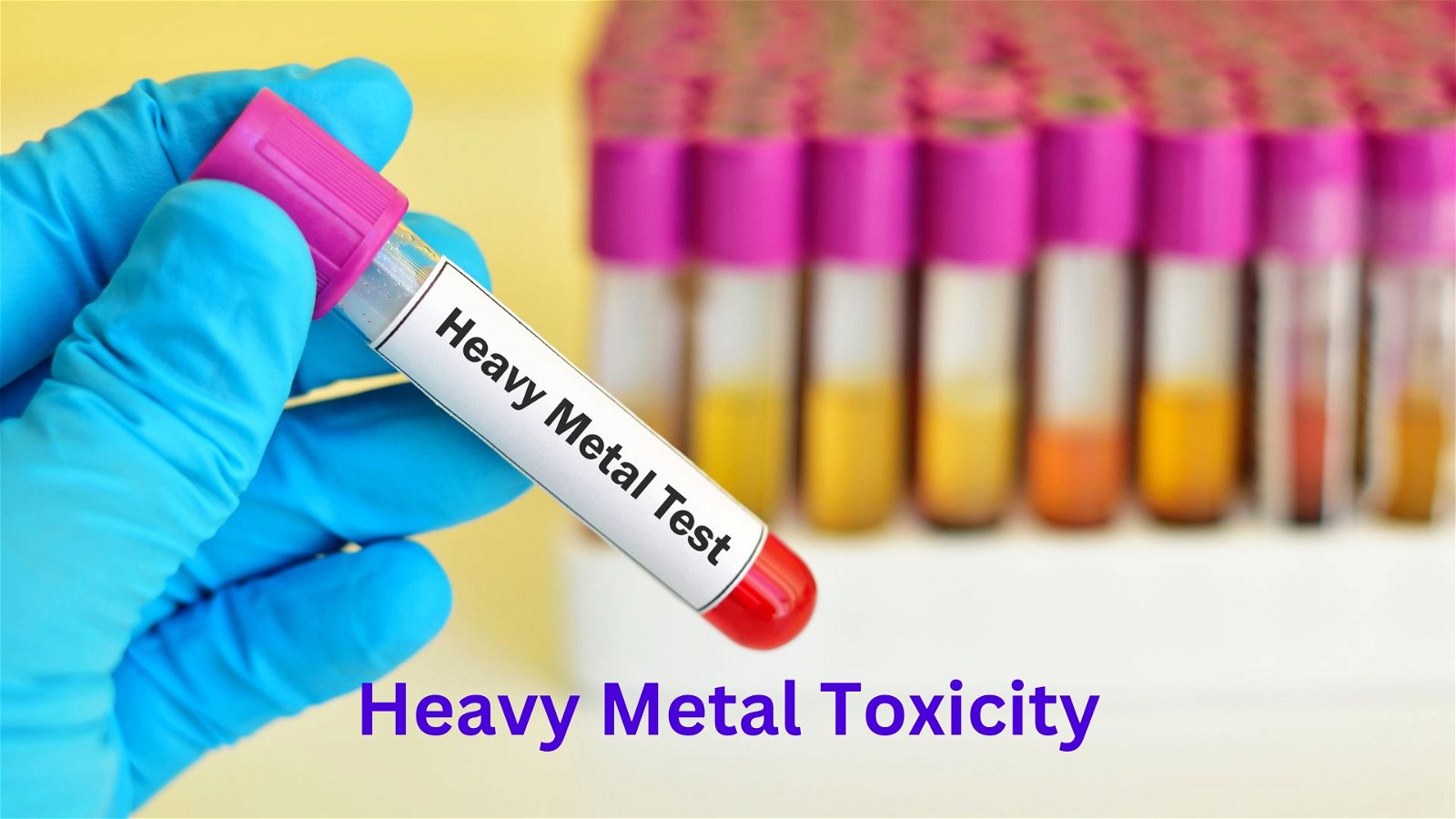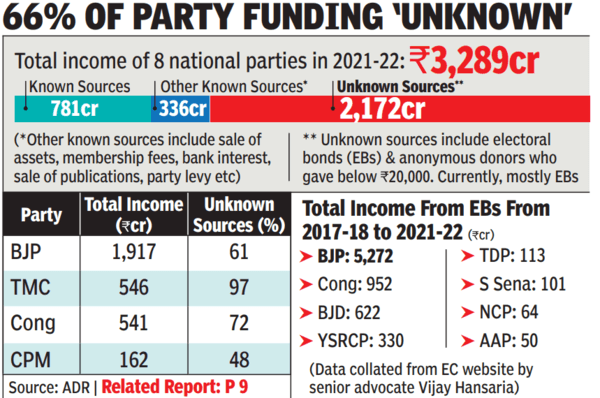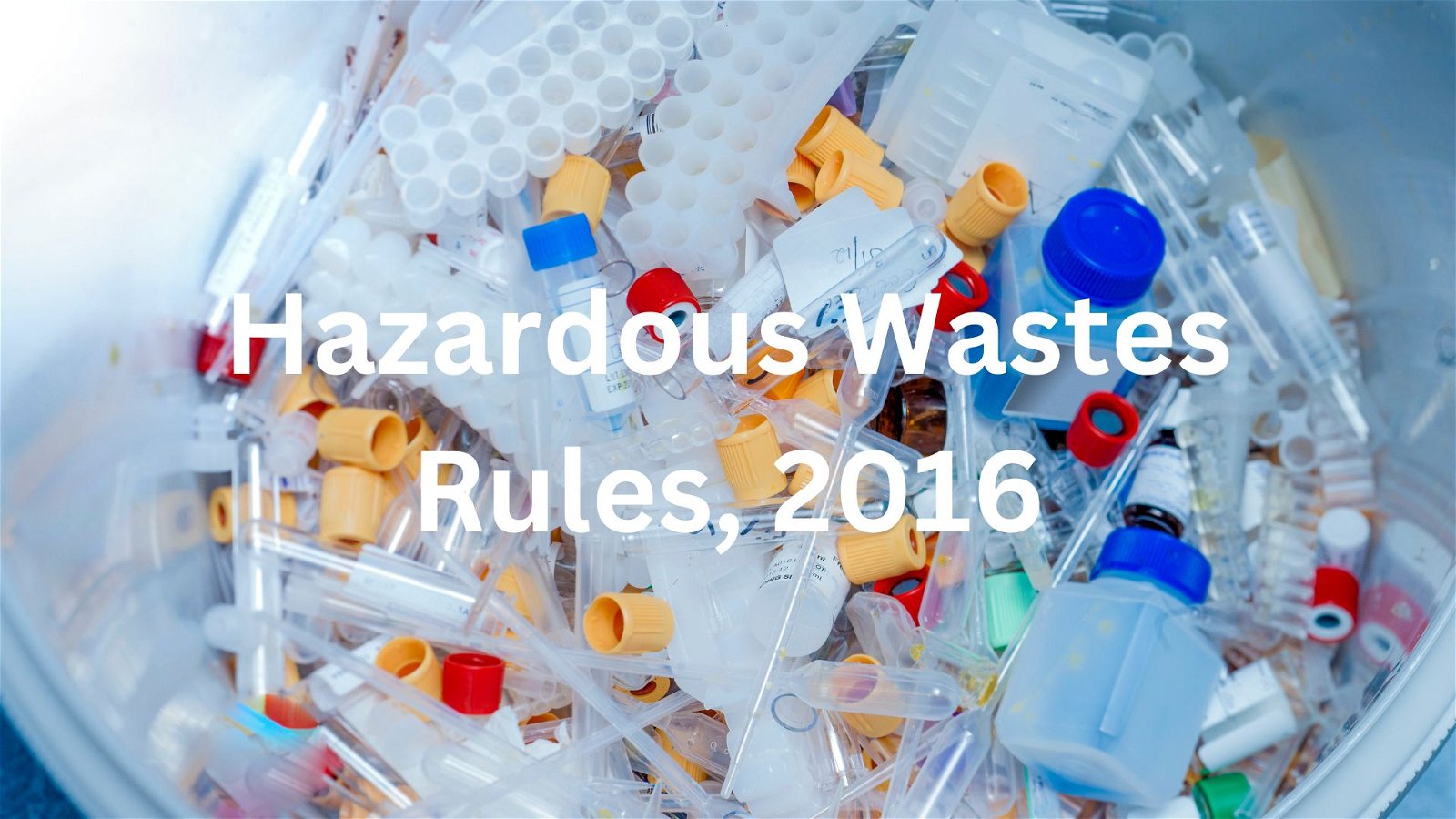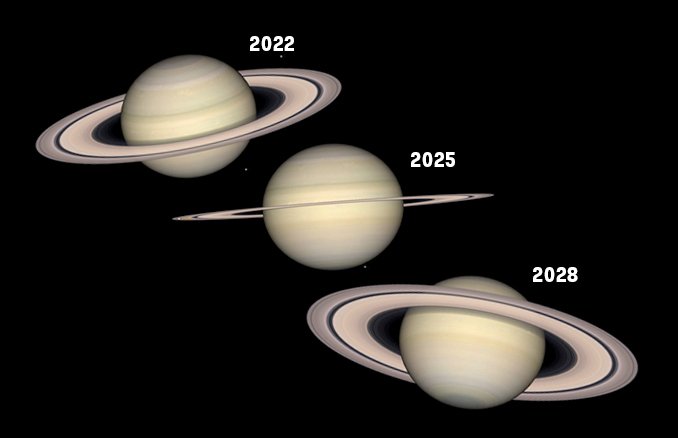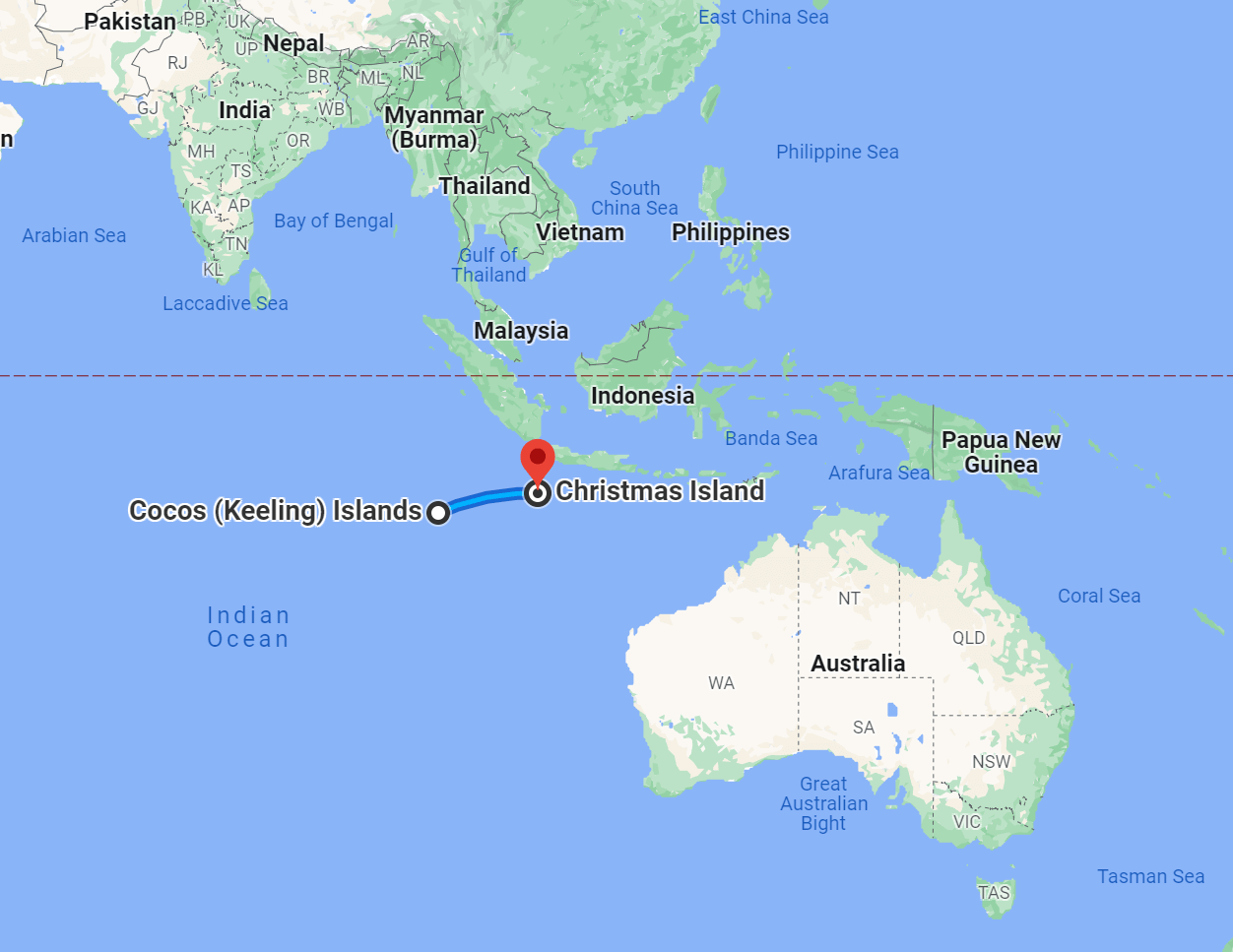
Current Affairs December 13, 2023: Ethanol Blended Petrol (EBP) Programme, Green Turtles, Ten Years of PoSH Act, Rescue of Scheduled Turtles, Global Cooling Pledge, Global River Cities Alliance
Subscribers of "Current Affairs" course can Download Daily Current Affairs in PDF/DOC
Subscribe to Never Miss an Important Update! Assured Discounts on New Products!
Must Join PMF IAS Telegram Channel & PMF IAS History Telegram Channel
{GS1 – Geo – PG – Climatology} India’s Extreme Rainfall ‘Corridor’
- Context (TH): A study has found that large-scale extreme rainfall has been nearly simultaneous and restricted to a ‘corridor’.
- The ‘highway’ extends from WB and Odisha to Gujarat and Rajasthan.
- This corridor has remained unchanged from 1901 to 2019.
- The primary candidate for trapping synchronised extreme rainfall is the west coast and Central India mountain range.
- Significance: When stationary elements no longer exist in climate systems due to global warming, the discovery of the stationary highway is remarkable and will help in weather forecasts.
{GS2 – MoEFCC – Initiatives} Mission LiFE
- Context (TH): The International Energy Agency released ‘A Policy Toolkit for Implementing LiFE’ report.
- Mission LiFE envisions replacing the ‘use-and-dispose’ economy with a circular economy, defined by mindful and deliberate utilization.
- Objective: Foster sustainable lifestyles and aid nations in accomplishing the Sustainable Development Goals set by the United Nations.
- Core principle of the mission: “Lifestyle of the planet, for the planet, and by the planet”.
- The mission believes that creating a global network of P3s(Pro-Planet People) can significantly impact the environment.
- Time Period: 2022 to 2028.
Phases of Mission LiFE
- Phase I (Demand Transformation): Encouraging individuals to adopt simple yet impactful environmentally friendly practices in their daily routines.
- Phase II (Supply Transformation): Anticipating significant changes in individual demand will gradually prompt industries and markets to adapt and customise their supply and procurement strategies.
- Phase III (Policy Transformation): Through influencing the dynamics of demand and supply at both national and global levels.
Significance
- Help Fight Climate Change: It will help India reach its goal of NetZero by 2070 and achieve sustainable development goals by reducing annual CO2 emissions of 2 billion tonnes by 2030.
- Boost Economy: Circular economy can generate around ₹14 lakh crore of additional cost savings by 2030 and stimulate 1.6 trillion in clean energy investments.
- Reduce Water Consumption: Installing water-efficient fixtures can reduce water consumption by 30-40%
- Improves Quality of Life: Sustainable lifestyles can lead to a better quality of life, by providing a cleaner, healthier environment and a sense of community.
International Energy Agency (IEA)
- It is an autonomous Intergovernmental Organisation established in 1974 in Paris, France.
- It was set up under the Organisation for Economic Co-operation and Development (OECD) framework in the aftermath of the 1973 oil crisis.
- Mandate: Track and analyse key global energy trends, promote sound energy policy, and encourage multinational energy technology cooperation.
- 3 E’s of IEA: Economic development, Energy security and Environmental protection.
- Members: 31 member states and 11 Associated countries. India became an Associate member of IEA in March 2017.
- Criteria for membership: A candidate country to the IEA must be a member of Organisation for Economic Co-operation and Development (OECD).
{GS2 – MoPNG – Initiative} Ethanol Blended Petrol (EBP) Programme
- Context (IE | TH): After banning sugar exports, the Centre has taken the next step towards augmenting domestic availability, i.e., restricting the diversion of the sweetener for ethanol production.
What is Ethanol (C2H5OH)?
|
Ethanol Blended Petrol (EBP)
- EBP was launched in 2003 with a 5% blending of ethanol in petrol.
- It has a target of 20% ethanol blending in petrol by 2025-26.
Objectives of EBP
- Reducing import dependence
- Savings in foreign exchange
- Providing a boost to the domestic agriculture sector and associated environmental benefits
Advantages of using EBP
- Energy security in the long run through fuel mix diversification.
- Reduce the use of fossil fuels.
- Reduce import dependence and self-sustainability in fuel production.
- Doubling Farmers’ income by farm diversification (Ashok Dalwai Committee).
- Optimum utilisation of surplus food grains and damaged vegetables.
- Reduction in pollution as EBP is more efficient and clean than normal petrol.
- Employment generation through the introduction of new technology and infrastructure.
- Byproducts like potash can be used as fertilisers, and other wastes can be used as animal feed.
Demerits/Challenges
- Uncertainty in the production of molasses and food grains, as agriculture in India, is mostly affected by the vagaries of nature.
- Policy Challenges: For instance, the current ban on the production of ethanol using sugar cane.
- Diversion of food grains: This can threaten food security.
- Poor mileage of vehicles: Since the energy content of ethanol is as low as 35% when compared with petrol.
- Constraints of infrastructure, advanced technology and skilled human resources.
Ethanol Blended Petrol (EBP) Programme
- The EBP programme was launched in 2003 with multiple objectives, including:
- Reducing import dependence
- Savings in foreign exchange
- Providing a boost to the domestic agriculture sector
- Associated environmental benefits.
- Under EBP, India aims to blend 20% ethanol in petrol (E20) by 2025.
Way Forward
- Gear up State-wide support to eliminate regional disparity in production.
- Feedstock diversification: Food grains have a better yield capacity to produce ethanol than molasses.
- Single Window Clearance to eliminate approval hurdles.
- Upgradation of vehicles for ethanol compatibility and improved efficiency.
{GS2 – Vulnerable Sections – Women} Ten Years of PoSH Act
- Context (IE | TH): The Sexual Harassment of Women at Workplace (Prevention, Prohibition and Redressal) Act has completed 10 years of its implementation.
Provisions of the PoSH Act
- The Act defines sexual harassment in the workplace which includes physical contact and sexual advances, demand for sexual favours, making sexually coloured remarks or any unwelcome physical, verbal or non-verbal conduct of sexual nature.
- It also provides safeguards against false or malicious charges.
- Applicability: Both Public and Private sector, government and non-government sectors and organised and unorganised sectors.
- Internal Complaint Committees (ICC): Every employer must constitute an ICC at each office or branch with 10 or more employees.
- It has to be headed by a woman, have at least two women employees, another employee, and a third party such as an NGO worker with five years of experience.
- Power and Inquiry process: The ICC has powers similar to civil court, and the inquiry process complies with the “principles of natural justice”.
- Local committees at the district level to receive complaints from women working in firms with less than 10 employees and from the informal sector.
- Complaint process: Any aggrieved woman may file a complaint to the ICC within 3 to 6 months, or any member of the ICC “shall” render “all reasonable assistance” to her to complain in writing.
- Resolution: There are two ways to resolve the issue by the committee:
- Conciliation: Between the complainant and the respondent (which cannot be a financial settlement),
- Inquiry: Committees could initiate an inquiry, taking appropriate action based on the findings.
- Annual Audit Report: The employer has to file an annual audit report with the district officer about the number of sexual harassment complaints filed and actions taken at the end of the year.
- Penalties: Non-compliance with the provisions of the Act shall be punishable with a fine upto Rs 50,000, cancellation of registration to conduct business in case of repeated violations.
- Awareness: It mandates regular workshops and awareness programmes by the employer to educate employees about the Act and conduct orientation and programmes for ICC members.
Successes of the Act
- Increase in the number of complaints filed.
- Increased conviction rate (increased about 5 times from 2014-21).
- Increased compensation to victims of sexual harassment.
- Increase in the number of ICCs: (increased more than 1.5 times from 2014-21).
Issues in the implementation of the Act
- Lack of awareness: The lack of clarity about how to conduct inquiries, lack of awareness about ICC and whom to approach have ended up duplicating the access barriers associated with the justice system.
- Fear of retaliation by women, lack of confidence in the process and its outcome.
- Non-Compliance in forming ICC: For eg, Only 16 out of 30 national sports federations in the country had constituted ICCs.
- No centralised data maintained regarding cases of harassment of women at workplaces.
- Inquiry Process: Many a times, the inquiry process has been done in a “hurry” without adherence to the principles of natural justice.
- Unorganised nature of workforce: Law is largely inaccessible to women workers in the informal sector as more than 80% of India’s women workers are employed in the informal sector.
- Legal and procedural complexities: The PoSH Act and its procedures involve legal complexities that can be challenging for victims to navigate.
Way Forward
Recommendations of Justice Verma Committee (2013)
- An Employment Tribunal must be set up instead of ICC. The tribunal need not function as a civil court but may choose its own procedure to deal with each complaint.
- Removing time limit of 90 days and imposing penalties for wrong complaints.
- Broaden the definition of sexual harassment by including stalking, cyber-harassment, and unwanted physical contact.
- Establish a Separate Forum for the adjudication of cases of sexual harassment composed of experts on sexual harassment and independent of the employer.
Other Recommendations
- Enhanced Awareness: Conduct widespread awareness campaigns and sensitisation programs to educate employees and employers about the provisions and rights under the Act.
- Strengthen ICCs by providing training and resources to ICC members, streamline the appointment process, and empowering them to take interim measures during the inquiry.
- Simplified Complaint Mechanisms: Establish user-friendly platforms for reporting incidents, ensuring confidentiality and protecting the complainant’s identity.
- Support Services for Victims: Establish counselling and legal aid services to assist victims throughout the complaint process and collaborate with support organisations.
{GS3 – Envi – Species} Green Turtles
- Context (DTE): According to scientific reports, rising global temperatures could increase the nesting range of green turtles in the Mediterranean Sea.
- Green turtles are one of the largest sea turtles and the only herbivore among the different species.
- They are named for the greenish colour of their cartilage and fat, not their shells.
- In the Eastern Pacific region, a group of green turtles that have darker shells are called black turtles by the local community.
- Distribution: They are found mainly in tropical and subtropical waters. They are primarily seen in the Atlantic Ocean, Gulf of Mexico, Argentina, Mediterranean Sea and the Indo-Pacific.
- In India, they are found in Andaman & Nicobar Islands, Lakshadweep, Tamil Nadu, Gujarat, and Maharashtra.
- Like other sea turtles, they migrate long distances between feeding grounds and the beaches from where they hatched.
- Threats: Overharvesting of their eggs, hunting of adults, being caught in fishing gear and loss of nesting beach sites
- IUCN Status: Endangered.
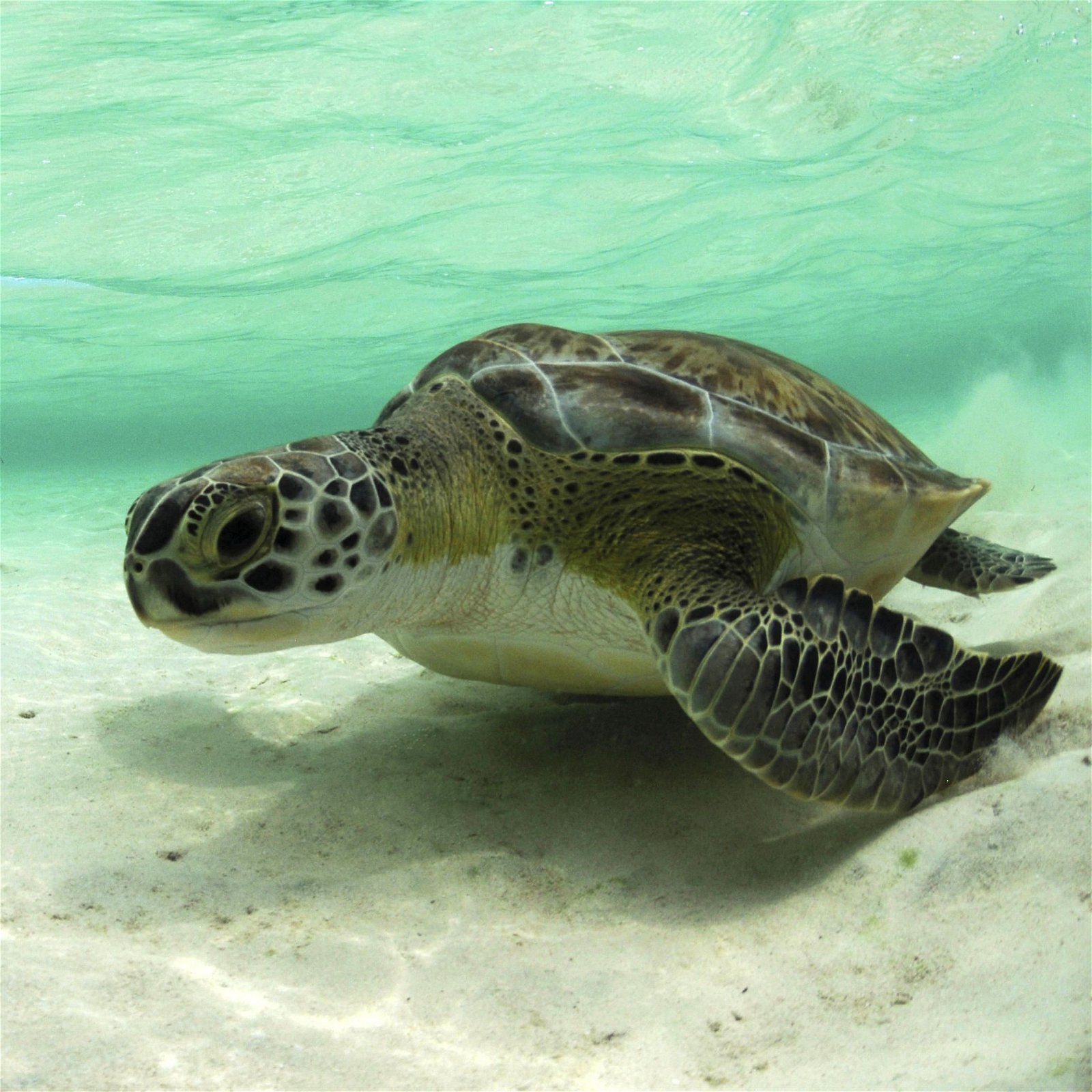
{GS3 – Envi – Species} Rescue of Scheduled Turtles
- Context (PIB): The Directorate of Revenue Intelligence (DRI) has rescued baby Indian Tent and Ganges softshell turtles from a person who was illegally transporting them interstate.
Indian Tent Turtles (Pangshura tentoria)
- The Indian tent turtle is named so because of its distinctive tent-like appearance.
- Distribution: It is native to India, Nepal, and Bangladesh.
- Habitat: It lives in inland wetlands.
- Threats: Fishing, tourism, habitat destruction, invasive species.
- Conservation status: IUCN: LC | WPA: Schedule I

Ganges Softshell Turtle (Nilssonia gangetica)
- The Ganges softshell turtle (or Indian softshell turtle) is a freshwater softshell turtle.
- Distribution: It is found in the Ganges, Indus, and Mahanadi.
- Habitat: It inhabits mostly rivers and large canals, preferably with turbid water.
- Threats: Fishing, tourism, habitat destruction, invasive species.
- Conservation status: IUCN: EN | CITES: Appendix I | WPA: Schedule I

{GS3 – Envi – UNFCCC} Global Cooling Pledge
- Context (IE | MC): Sixty-three countries, including the US, have committed to the world’s first-ever Global Cooling Pledge at COP28 of UNFCCC.
- The Global Cooling Pledge mandates countries to cut cooling emissions by at least 68% by 2050.
Cooling Emissions and its Contribution to Global Warming
- Cooling emissions are generated from refrigerants (used in appliances like ACs and refrigerators) and the energy used for cooling.
- Currently, cooling emissions account for only 7% of global greenhouse gas (GHG) emissions.
- But as global warming intensifies, the demand for cooling will surge, fueling a destructive feedback loop of increased warming.
Refrigerants (or Coolants) and Global Warming
- For the longest time, most cooling appliances used chlorofluorocarbons (CFCs) as refrigerants.
- However, CFCs were found to cause abnormally low ozone concentrations in Antarctica.
- This led to the 1987 Montreal Protocol, a pact signed by almost 200 nations to halt the production and consumption of ozone-depleting substances (ODSs), including CFCs, at existing rates.
- Following this, CFCs were largely replaced by two groups of chemicals, hydrofluorocarbons (HFCs) and hydrochlorofluorocarbons (HCFCs), introducing a new issue.
- Although HFCs and HCFCs don’t damage the ozone layer, they are powerful GHGs.
- HFCs are hundreds to thousands of times stronger than CO2 as GHG.
- They are released into the atmosphere from damaged appliances or car’s air conditioning systems.

How Refrigerants Do Cooling?
|
Energy Used for Cooling and Global Warming
- The other source of cooling emissions is the electricity used to run cooling appliances.
- A large section of this electricity is produced by fossil fuels worldwide.
- Fossil fuels such as coal, oil and gas are the largest contributor to climate change, accounting for over 75% of GHG emissions and nearly 90% of all CO2 emissions.
Solutions
Kigali Amendment to the Montreal Protocol
- In 2016, over 150 countries signed the Kigali Amendment to the Montreal Protocol, committing to reduce 80% of HFC consumption by 2047.
- This could prevent global warming by over 0.4°C by 2100.
Natural Refrigerants
- Phasing out HFCs involves promoting climate-friendly chemicals, also called natural refrigerants, such as ammonia, certain hydrocarbons, and CO2 in cooling devices.
- These chemicals have lower or zero global warming potential.
Proper Disposal
- 90% of refrigerant emissions occur at the equipment’s end of life and are disposed of improperly.
- Effective management and reuse of powerful refrigerant gases could cut 100 billion gigatons of global CO2 emissions from 2020 to 2050.
Cool Buildings Without Air Conditioners
- Construction of the building should be such that it does not require many air conditioners.
- Steps that can be taken are improving insulation materials and constructing buildings with large openings for better ventilation.
Why was India Reluctant to Sign the Global Cooling Pledge?
Global Warming
- Climate projections suggest a potential sixfold rise in severe heat wave frequency in India by 2060.
- This means cooling is not merely a luxury but essential for promoting overall well-being and improving living standards.
- Strict adherence to the ambitious targets of the Global Cooling Pledge may temporarily limit access to affordable cooling.
Economic Growth and Investment
- India faces the challenge of balancing its development and environmental sustainability aspirations.
- Transitioning to sustainable cooling technologies requires substantial investments.
- This could strain the country’s economy and halt the economic development.
Not a Historical Contributor
- India and other developing nations’ contribution to historical emissions is negligible.
- The developed countries have achieved their growth at the cost of the global climate.
- Now, when they have resources, they want to shift the burden of climate change mitigation to developing countries by bringing policies like phasing out fossil fuels.
- This is against the Common But Differentiated Responsibilities and Respective Capabilities (CBDR-RC) principle, enshrined in the Earth Summit 1992.
CBDR-RC
|
India’s Commitment to Address Cooling Emissions
- In 2019, India announced the India Cooling Action Plan to address the cooling emissions.
- Aim: To reduce power consumption for cooling across sectors by 20-25% by 2038.
- India focuses on developing and implementing cost-effective and technically feasible solutions that align with its dual goals of environmental sustainability and economic development.
- India prioritises cost-effective, technically feasible solutions to pursue its dual environmental sustainability and economic development goals.
{GS3 – Envi – UNFCCC} Global River Cities Alliance
- Context (PIB | IE): Global River Cities Alliance (GRCA) was launched at COP28 of UNFCCC.
- It will be led by the National Mission for Clean Ganga (NMCG) under the Ministry of Jal Shakti.
- GRCA is a unique alliance covering 275+ global river cities, international funding agencies, and knowledge management partners.
- Its member countries are India, Egypt, Netherlands, Denmark, Ghana, Australia, Bhutan, Cambodia, Japan, and Hungary.
- The international funding agencies in the alliance are the World Bank, Asian Development Bank (ADB), and Asian Infrastructure Investment Bank (AIIB).
- It is the first global river conservation effort and sustainable water management.
- The alliance activities will include knowledge exchange, capacity development, high-level advocacy, and bilateral interactions among member cities.
- It will widely expand the reach of the existing River Cities Alliance (RCA).
River Cities Alliance (RCA)
- RCA is a joint initiative of the Ministry of Jal Shakti (MoJS) & the Ministry of Housing and Urban Affairs (MoHUA), which aims to link river cities and promote sustainable river-centric development.
- Launched in 2021 with 30 member cities, the alliance has expanded to 109 river cities across India and one international member city from Denmark.
National Mission for Clean Ganga (NMCG)
- NMCG is the implementation wing of the National Ganga Council.
- It was established in 2011 as a registered society under the Societies Registration Act, 1860.
- It acts as the implementation arm of the National Ganga River Basin Authority (NGRBA), constituted under the Environment Protection Act (EPA), 1986.
- It is implemented by the National Council for Rejuvenation, Protection and Management of River Ganga also known as the National Ganga Council.
- The objectives of NMCG are:
- Ensure Ganga River’s pollution abatement and rejuvenation by adopting a basin approach, fostering inter-sectoral coordination for holistic planning and management.
- Maintain minimum ecological flows in the Ganga to ensure water quality and promote environmentally sustainable development.
|
National Ganga Council
- The National Ganga Council (also known as the National Council for Rejuvenation, Protection, and Management of River Ganga) was set up in 2016.
- It replaced the National River Ganga Basin Authority (NRGBA).
- Formed under the Environment (Protection) Act (EPA),1986, the Prime Minister chairs it.
{GS3 – Envi – Water Pollution} Ash Pond Breach
- Context (DTE): Ash pond breach in Odisha destroys cropland and causes pollution in Hirakud Dam.
Ash Pond
- An ash pond is an engineered structure located near coal-fired power stations for disposing of combustion byproducts: bottom ash and fly ash.
- Ash is pumped into the pond as a slurry, and water evaporates or drains.
- The ash settles at the bottom of the pond, forming a solid mass.
Ash Pond Pollution
- They contain heavy metals and toxins that can leach into the groundwater or be carried away by wind and rain.
- Ash ponds use impermeable material lining to prevent contaminant release into the environment.
|
Polluters Pay Principle (PPP)
- Ash pond collapse compensation should follow the “polluter pays principle” as the slurry-damaged soil will be unsuitable for crops for several years.
- PPP makes polluters financially accountable for the environmental damage they cause.
- Polluters should bear the cost of prevention, control, and remediation rather than the whole society.
Hirakud Dam
|
{GS3 – IE– Securities} Exchange Traded Funds (ETFs)
- Context (TH): Total Investment by Employees Provident Fund Organisation in ETFs has crossed 2.5 trillion in the past 7 years, per the Ministry of Labour and Employment report.
- ETF is a marketable security that tracks a commodity, bonds, or a basket of assets like an index fund.
- It is called an exchange-traded fund since it’s traded on a stock exchange just like stocks but holds multiple underlying assets, unlike one, like a stock.
- Like mutual funds, an ETF pools money from investors and channels it into a basket of stocks, mirroring an index and its performance.
- Unlike mutual funds, an ETF trades like a common stock on a stock exchange and its price is subject to fluctuation throughout the day.
- The trading value of ETF depends on the Net Asset Value (NAV) of the underlying stock it represents.
Types of ETFs
- Bond ETFs: Tracks govt bonds, corporate bonds, and state & local bonds called municipal bonds. For eg. Bharat Bond ETF tracks an index comprising debt securities of Central PSUs/GoI undertakings.
- Index ETFs: Track a benchmark index. For eg, Bharat 22 ETF tracks the S&P BSE Bharat 22 index (index of 22 Govt. and private companies).
- Industry ETFs: Track a particular industry, such as technology, banking, or the oil & gas sector.
- Commodity ETFs: Track commodities, including crude oil or gold.
- Currency ETFs: Track foreign currencies like the Euro or Canadian dollar.
Mutual Fund
- A mutual fund is a professionally managed investment fund that pools money from many small investors to invest in securities.
- Investments in securities are spread across a wide cross-section of industries and sectors, and thus, the risk is diversified, and capital gains and/or income for the fund’s investors are maximised.
- Investors share the profits/losses in proportion to their investments.
- A mutual fund is required to be registered with SEBI before it can collect funds from the public.
Difference between Mutual Funds and ETF
|
Basis of Distinction |
Mutual Fund |
ETF |
|
Fund management |
Actively managed by fund manager or professionals. | They are passive investment options that track the performance of an index. |
|
Buy & Sell |
MFs can only be purchased from a fund house even though these can be listed on the exchanges. | ETFs can be actively bought and sold on the exchanges. |
|
Minimum Investment |
It may have high minimum investment amounts. | ETFs do not require a minimum initial investment. It can be just 1 share. |
|
Minimum Lock-in Period |
Usually, it involves some minimum lock-in period, and selling the units before this period may attract a penalty. | Generally, do not have any minimum lock-in period. |
Employees Provident Fund Organisation (EPFO)
- It is a statutory body under the Employees’ Provident Funds and Miscellaneous Act, 1952.
- Nodal ministry: Ministry of Labor and Employment.
- It is the nodal agency for implementing Bilateral Social Security Agreements with other countries on a reciprocal basis.
- Coverage: Indian workers and international workers (from countries with whom the EPFO has signed bilateral agreements).
Structure of EPFO
- A tripartite board (representatives of the Government (both Central and State), employers, and employees) administers the Act and all its schemes called the Central Board of Trustees.
- The board is chaired by the Union Minister of Labour and Employment.
- The Central Board of Trustees operates 3 schemes:
- Employees’ Provident Funds Scheme, 1952 (EPF)
- Employees’ Pension Scheme, 1995 (EPS)
- Employees’ Deposit Linked Insurance Scheme, 1976 (EDLI)





![PMF IAS Environment for UPSC 2022-23 [paperback] PMF IAS [Nov 30, 2021]…](https://pmfias.b-cdn.net/wp-content/uploads/2024/04/pmfiasenvironmentforupsc2022-23paperbackpmfiasnov302021.jpg)

